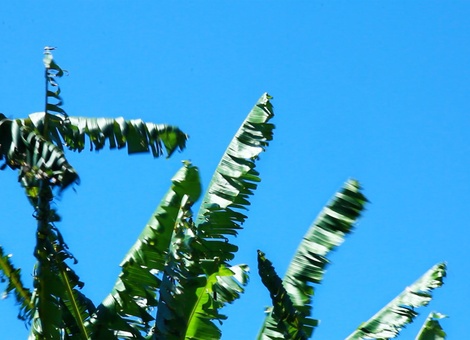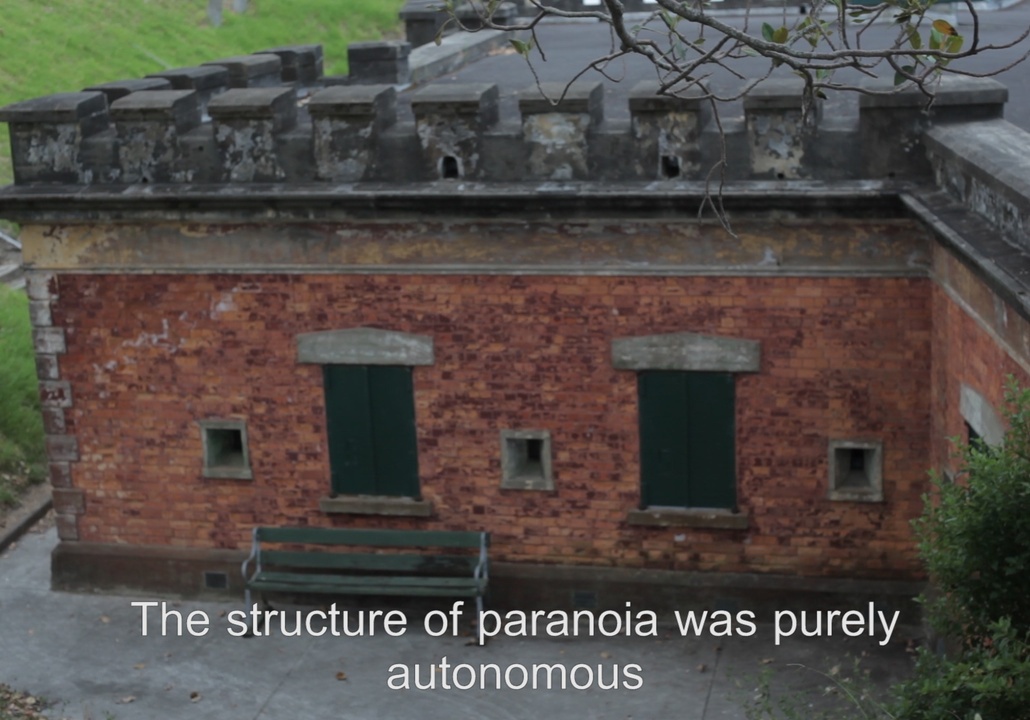Emory Douglas
Venue
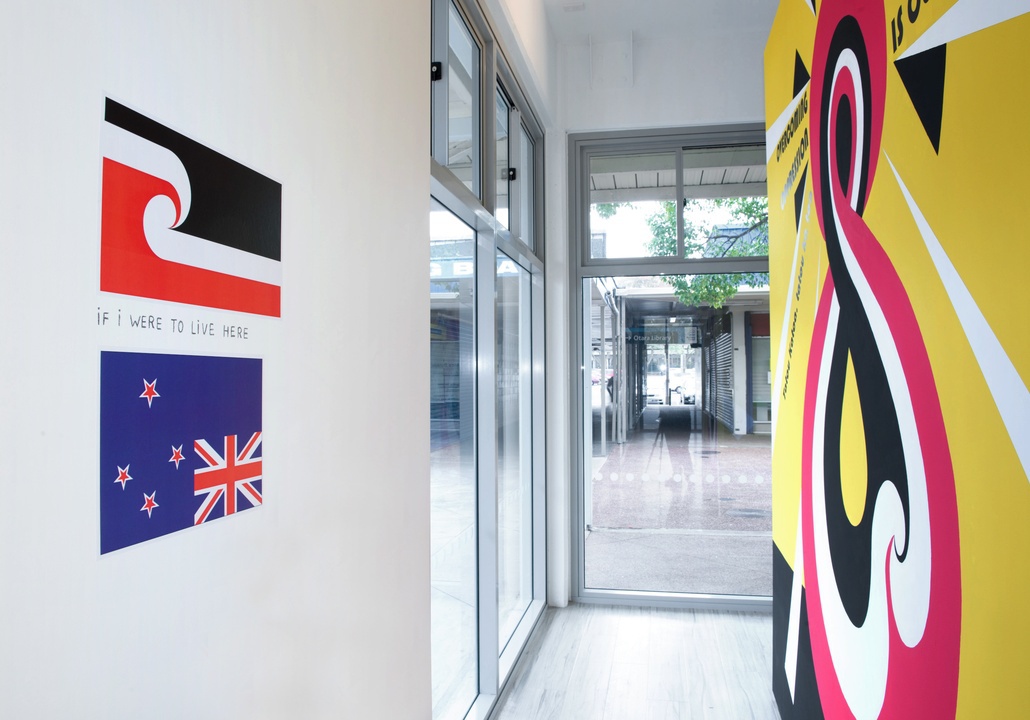
Just in time for too late, (2013)
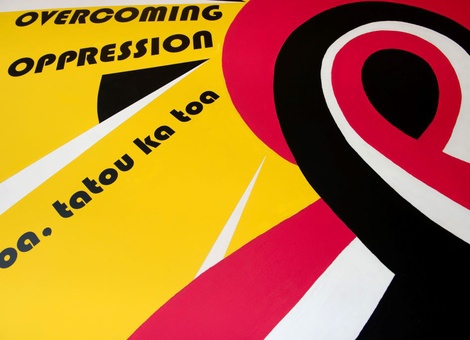
Just in time for too late, (2013)

Born 1943, Grand Rapids, United States of America
Lives and works in San Francisco, United States of America
Emory Douglas created the visual identity for the Black Panther Party and his iconic images came to symbolise the struggles of the movement. As Minister of Culture for the "Black Panther Party" from 1967 until the 1980s, Douglas’ work, described as ‘Militant Chic’, featured in most issues of the newspaper The Black Panther. His work is characterised by strong graphic images of young African American men, women and children. He used the newspaper’s popularity to spur people to action, portraying the poor with empathy and as being unapologetic and ready for a fight.
http://www.emorydouglasart.com/
Selected exhibitions (solo):
Black Panther: The Revolutionary Art of Emory Douglas, Urbis, Manchester, 2008–9; Black Panther: The Revolutionary Art of Emory Douglas, MOCA Pacific Design Center, Los Angeles, 2007–8. Selected exhibitions (group): 16th Biennale of Sydney, 2008; The Black Panther Rank and File, Yerba Buena Center for the Arts, San Francisco, 2006.
‘The values of equality, racial economic justice and fairness are just as relevant today as they ever were.’
Nigel Borell, Kaiwhakahaere, Toi o Manukau, Auckland Council
Untitled
2013
Fresh Gallery OtaraEmory Douglas, Rigo 23, Wayne Youle
painted mural
2940 x 11300
Courtesy of the artists
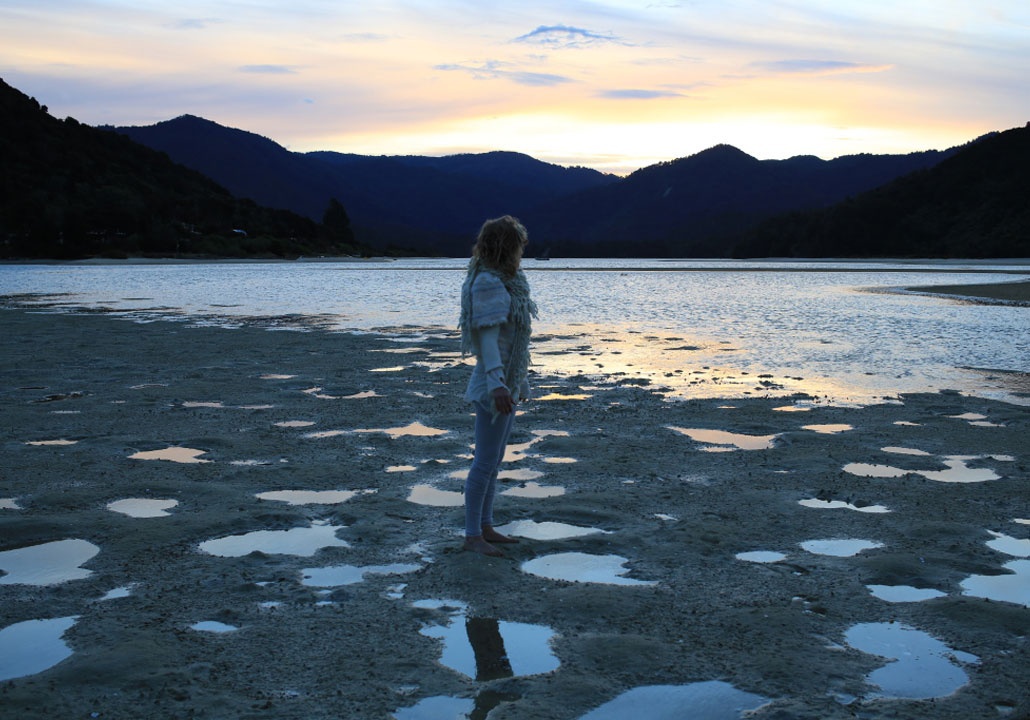

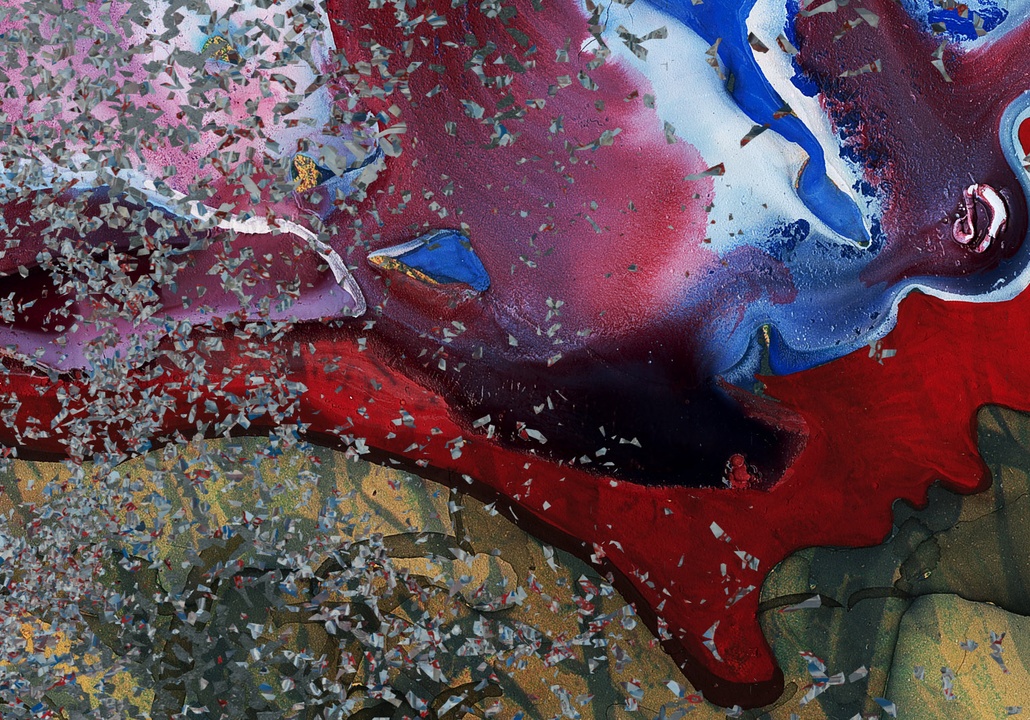
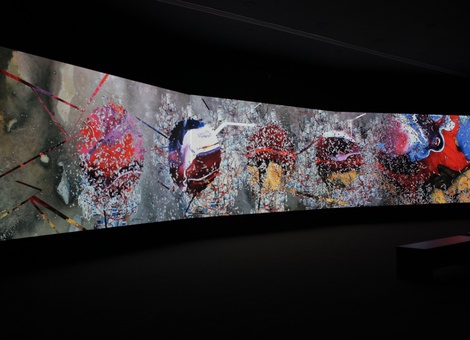
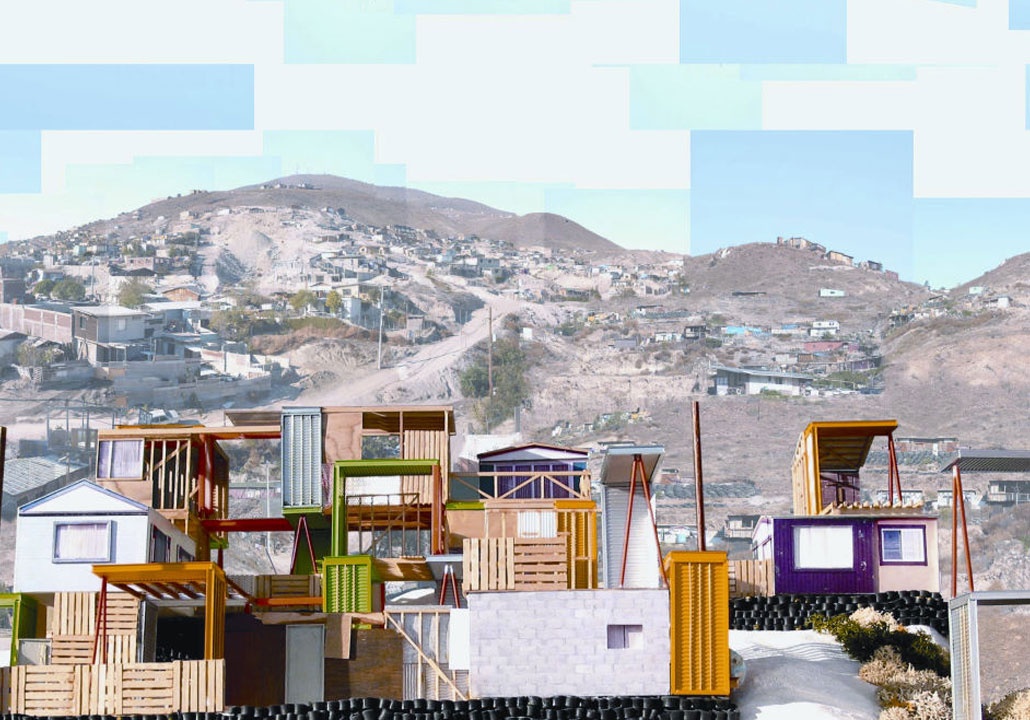

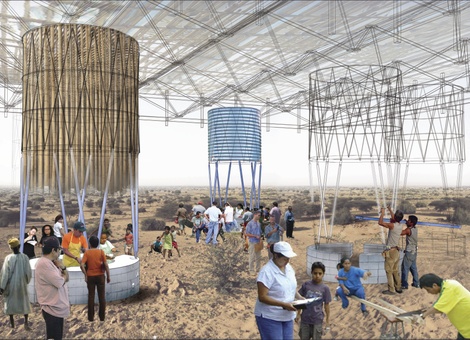
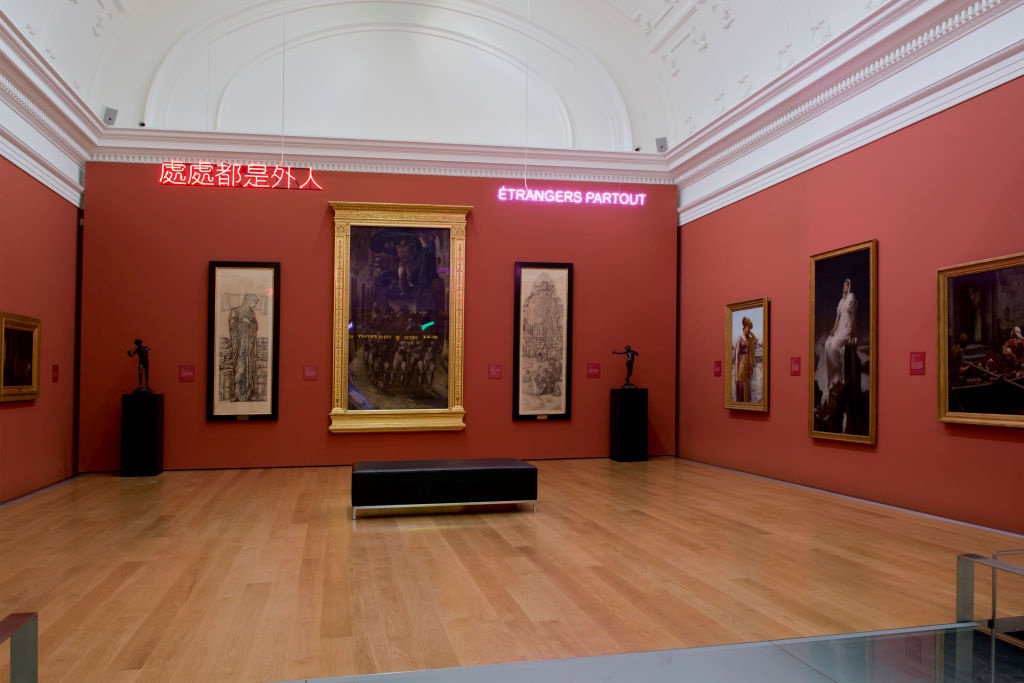
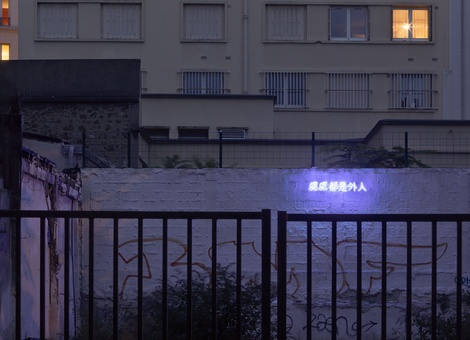
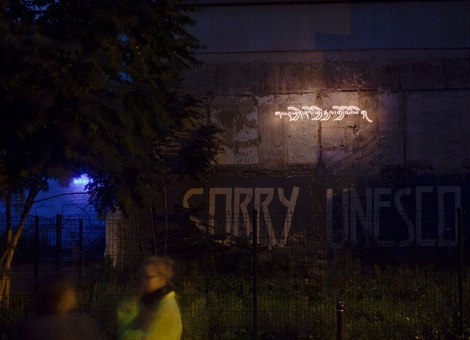
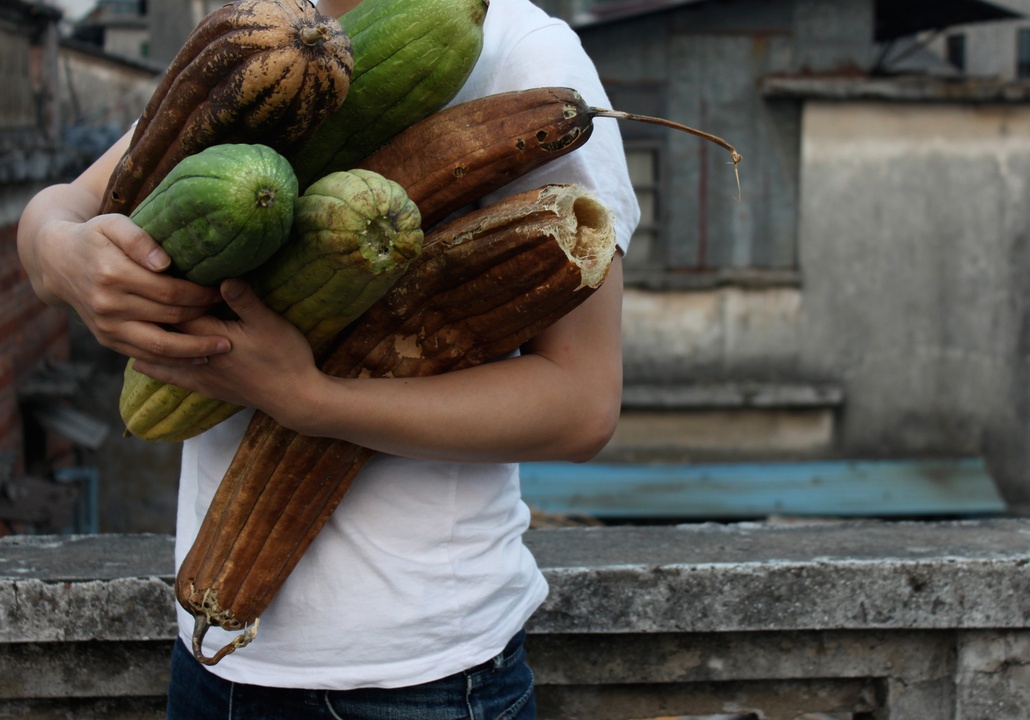
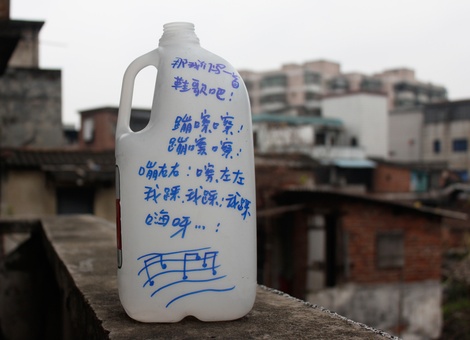
![test pattern [live set], 2008, photograph by Liz Hingley](/media/cache/a8/4a/a84ad52470801916c2979ab95304940f.jpg)
![A [for 6 silos]](/media/cache/2c/f4/2cf4a025b3b51f1fde293c244295a466.png)

